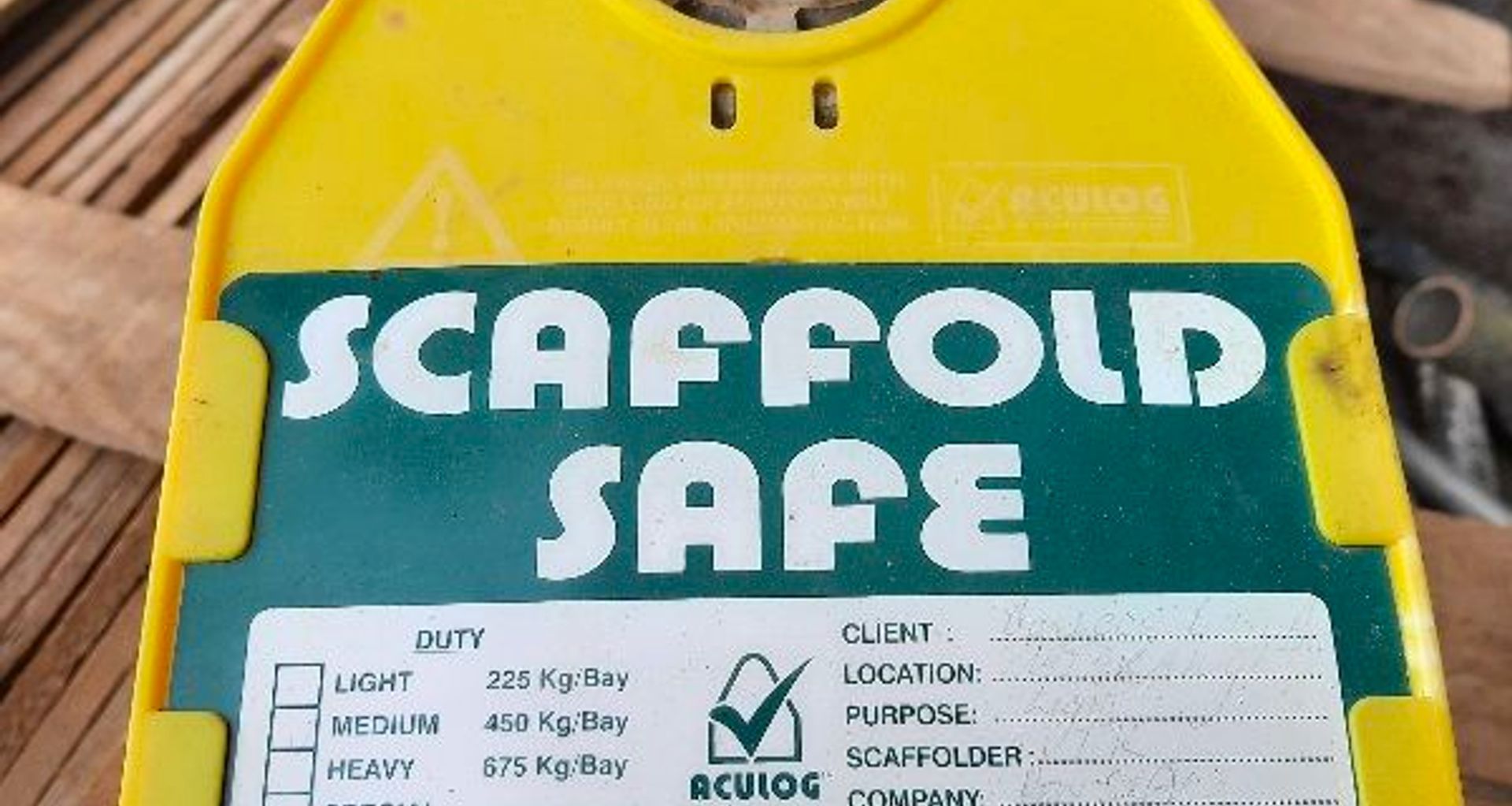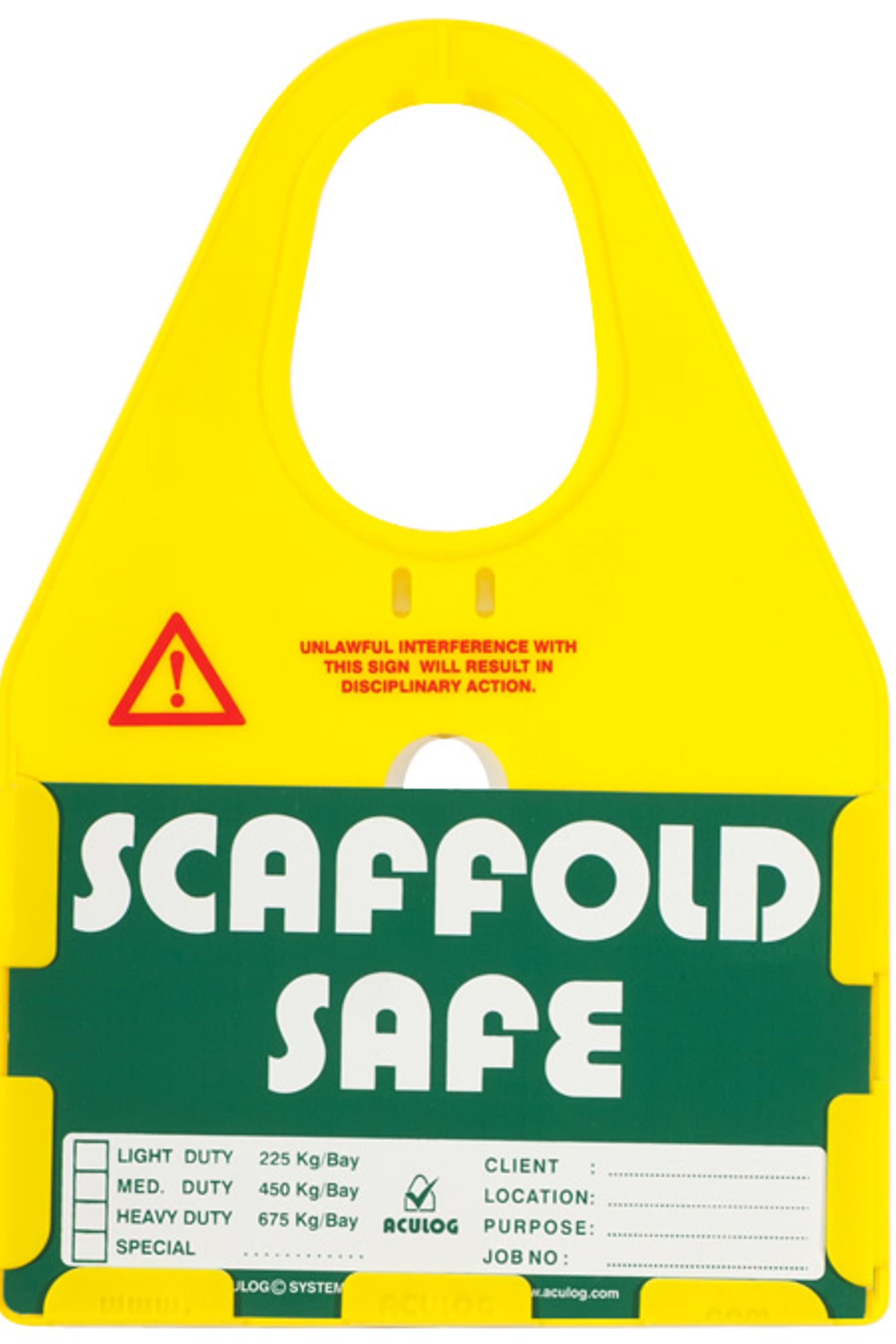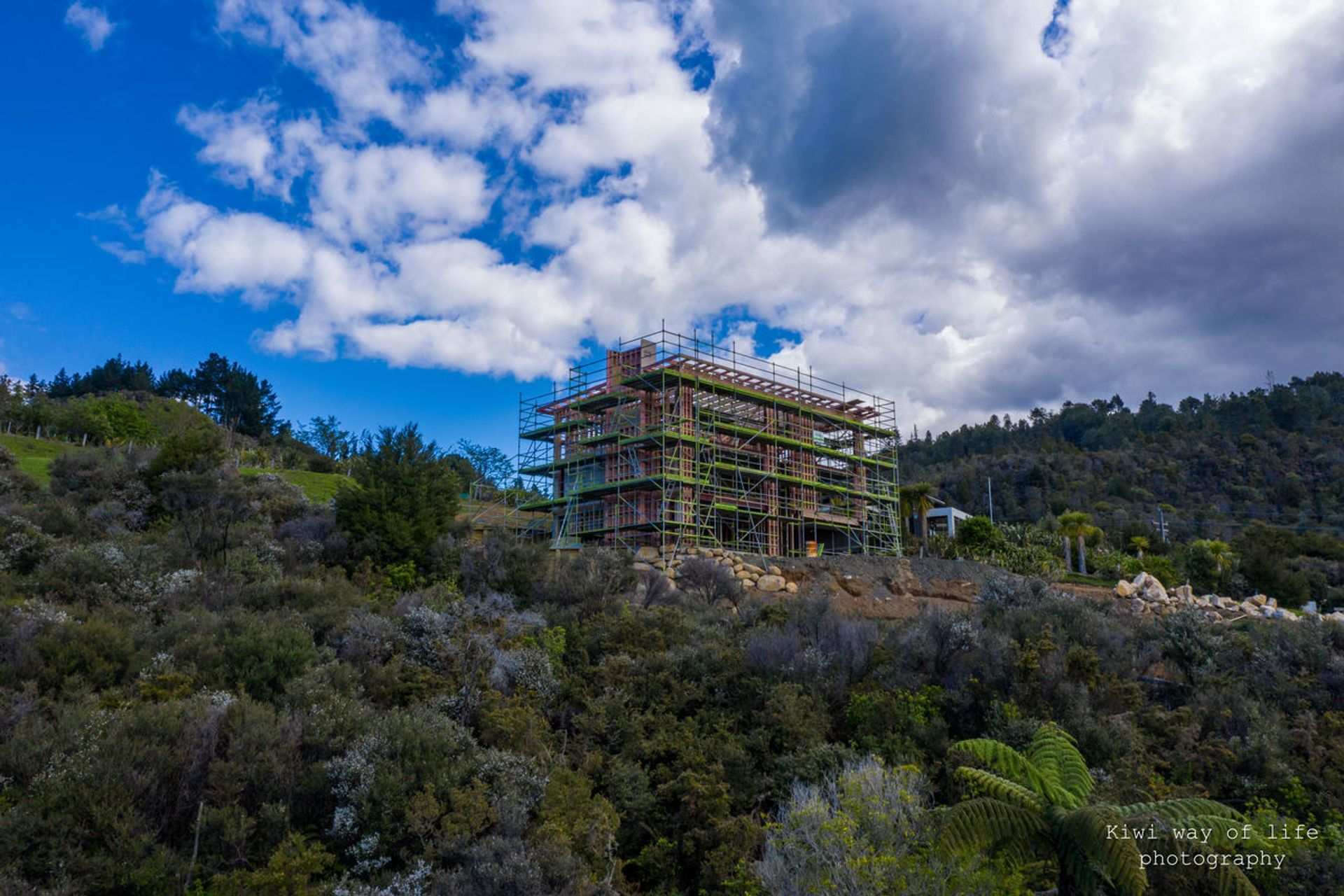Safe Scaffold on your Build Site

Under the New Zealand Health and Safety at Work Act 2015 (HSWA), if you are having a house built for you, or are building one yourself, you will be a ‘Person Conducting a Business or Undertaking’ (PCBU) while the house is being built.
– This requires you to ensure, so far as is reasonably practicable, the health and safety of workers and that others are not put at risk by this work.
– In general, WorkSafe NZ does not expect you to have detailed knowledge of the risks involved in construction work.
– In most cases, you can meet your obligations as a PCBU by engaging a builder or a project manager.
– Once you move in and become the occupier working on your own home, or engaging others to work on it, you are not a PCBU.
"We generally do not expect you as an owner of residential land, to have an in-depth knowledge of the risks involved in construction. In most cases, you can meet your obligations by engaging competent and qualified contractors to do the work. Such contractors will themselves be PCBUs, and will be better placed to ensure that there are appropriate health and safety measures on site. It is reasonable for you to expect these contractors to meet health and safety requirements." Source https://www.worksafe.govt.nz/dmsdocument/3672-policy-clarification-information-for-people-building-a-house-or-working-on-their-own-home
Scaffolding is crucial to not only ensuring the safety of all people onsite but also in helping tradesmen operate most efficiently, speeding up construction. So, you need scaffold that is not only safe but fit for purpose - built to what best suits the builders & sub-contractors - NOT what is easiest for the scaffolders to build.
Under the Health & Safety at Work Act 2015, scaffold companies must manage any risks to their workers and any other person that may be affected by their work.
This means that hazards must be identified, assessed, controlled and on-goingly monitored.
Your delegated scaffolding provider must ensure:
- The scaffold is erected by a scaffolder certified for the type of scaffold to be erected
- The WorkSafe NZ Notification of Particularly Hazardous Work form has been completed for a scaffold more than 5 metres high
- A (TMP) Traffic Management Plan (where required) has been submitted to and accepted by the Local Authority
- All risks have been identified, assessed and adequately controlled especially those related to falls from heights and protection of workers and public from falling objects
Post-erect and Pre-handover check processes would include:
- Ensuring the scaffold is fit for purpose
- That an information tag is fitted to the scaffold and is completed and (to be updated at weekly inspections - daily for suspended scaffolds)
- The scaffold has a suitable foundation including sound supporting structure. Engineering sign-off may be required
- Appropriate access is provided to the scaffold platforms by way of secure ladders (that are made to New Zealand safety standards), stairs or access directly from the adjacent structure (any gaps in this access should be filled with scaffolding to avoid trips or falls through or because of the gap)
- The scaffold structure is sound and secure, including provision of adequate ties, bracing, outriggers (or rakers) and suspended scaffold suspension rigs. And erected to the manufacturers' assembly instructions
- Non-erected scaffold to remain onsite, is held in one secure place
Once scaffold has been erected, it will be inspected and tagged showing that it meets WorkSafe NZ safety requirements and is ready for use. Alterations to the erected scaffold may only be carried out by a certified scaffolder.
Weekly inspections, must be undertaken by fully qualified or competent scaffold personnel, and should scaffold not meet inspection requirements or be found to be incomplete or altered since the last check, immediate remedial work should be undertaken to ensure a safe scaffold before they leave site. If immediate remediation is not possible the scaffold must be taken out of service and may not be used until repairs have been done. An appropriate scaffolding tag should be hung on the scaffold at access points to advise other people of the status of the scaffold. Physical means to prevent access to unsafe scaffold should also be considered.

There are various Rules and Regulations that all scaffolds supplied and used on projects should comply with:
- Health and Safety in Employment Regulations 1995 (HSE Regulations)
- Health and Safety at Work (General Risk and Workplace Management) Regulations 2016 (GRWM Regulations).
- WorkSafe good practice guidelines - Scaffolding in New Zealand
- AS/NZS 4576:1995 Guidelines for Scaffolding
- Manufacturers' Specifications
- Engineers' Design Specifications
This may sound very daunting as the land owner. But help engaging a reputable company is made easier by SARNZ (Scaffolding, Access & Rigging NZ Inc) www.sarnz.co.nz
SARNZ works closely with government agencies to ensure that standards and regulations are fit for purpose. And leads its members to demonstrate and encourage the highest level of quality and safety in all forms of work, and helps its members to stay current in all training, methods and work disciplines, to enable them to provide the best and most reliable workmanship and customer service.
This article is written as a guide to individuals preparing for a new build on their site.

